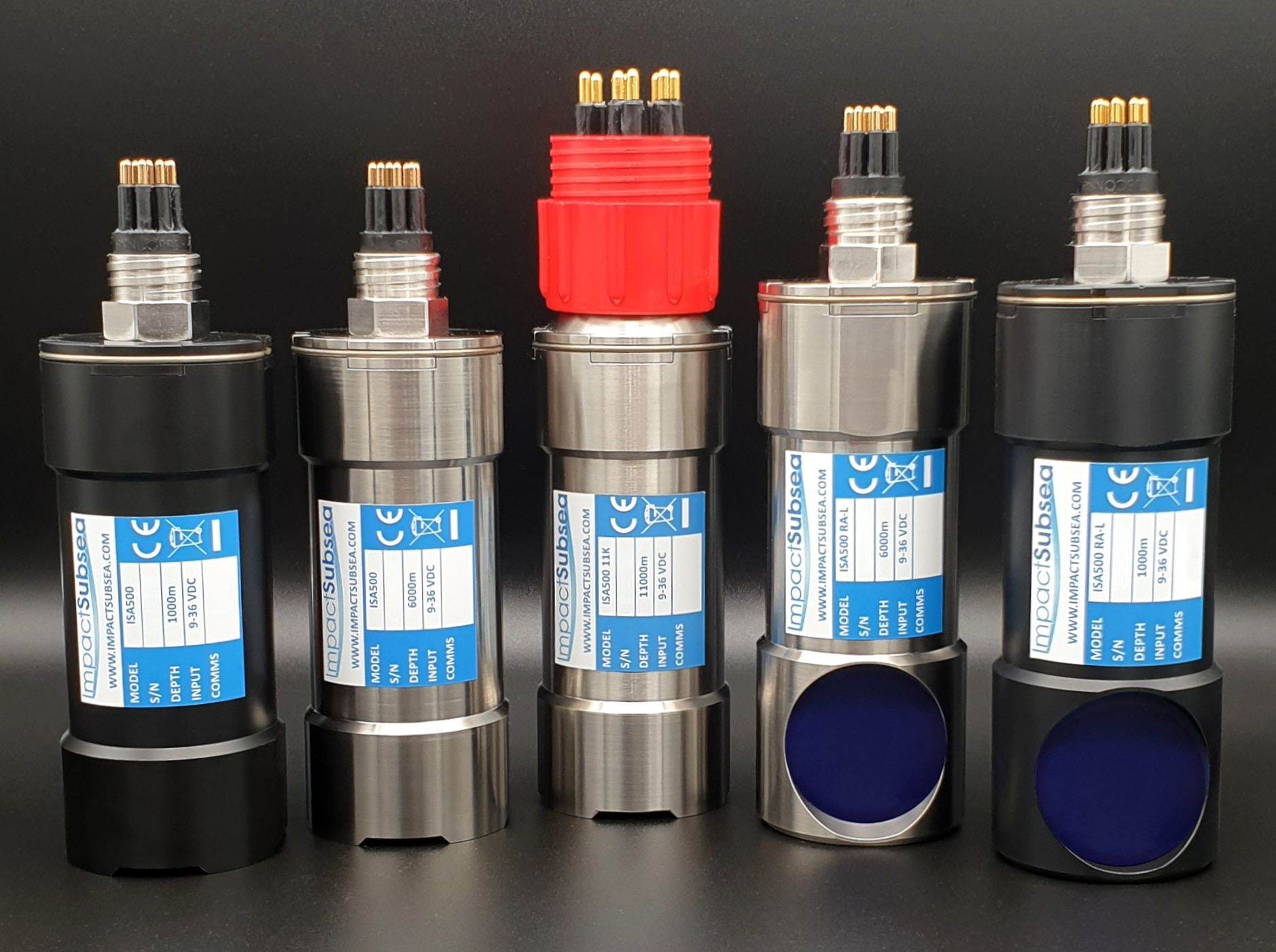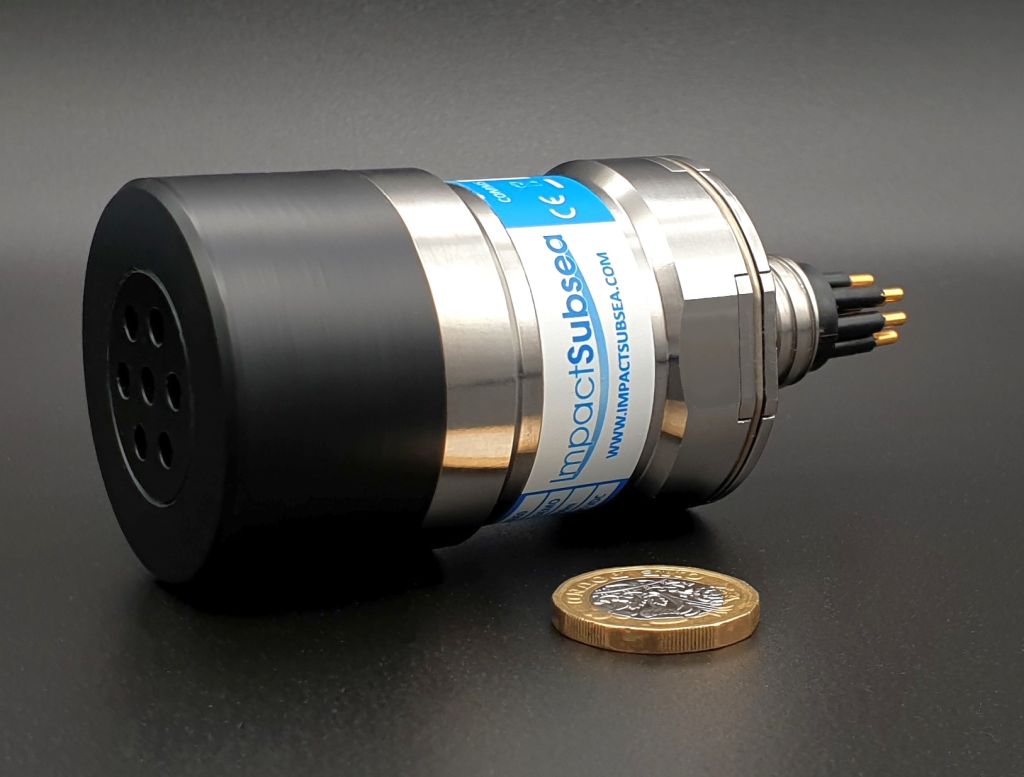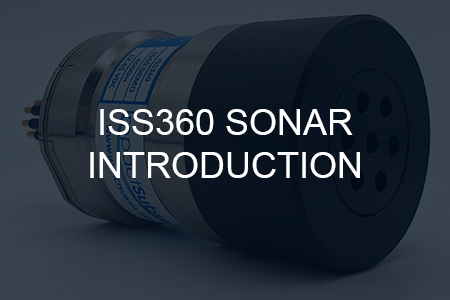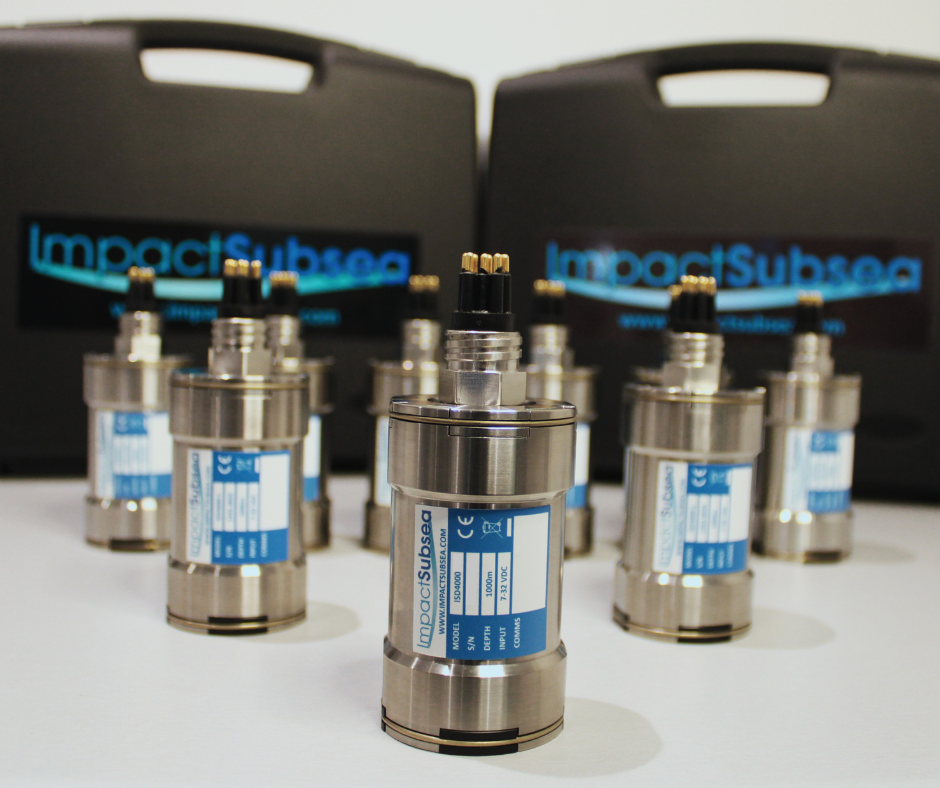
The ISD4000 Depth & Temperature Sensor is a widely used high accuracy depth and temperature sensor on Remotely Operated and Autonomous Underwater Vehicles.
It can also be used to monitor the depth of any item being deployed underwater with a high level of accuracy and precision. The optional integrated Attitude and Heading Reference System provides a useful additional sensing capability.
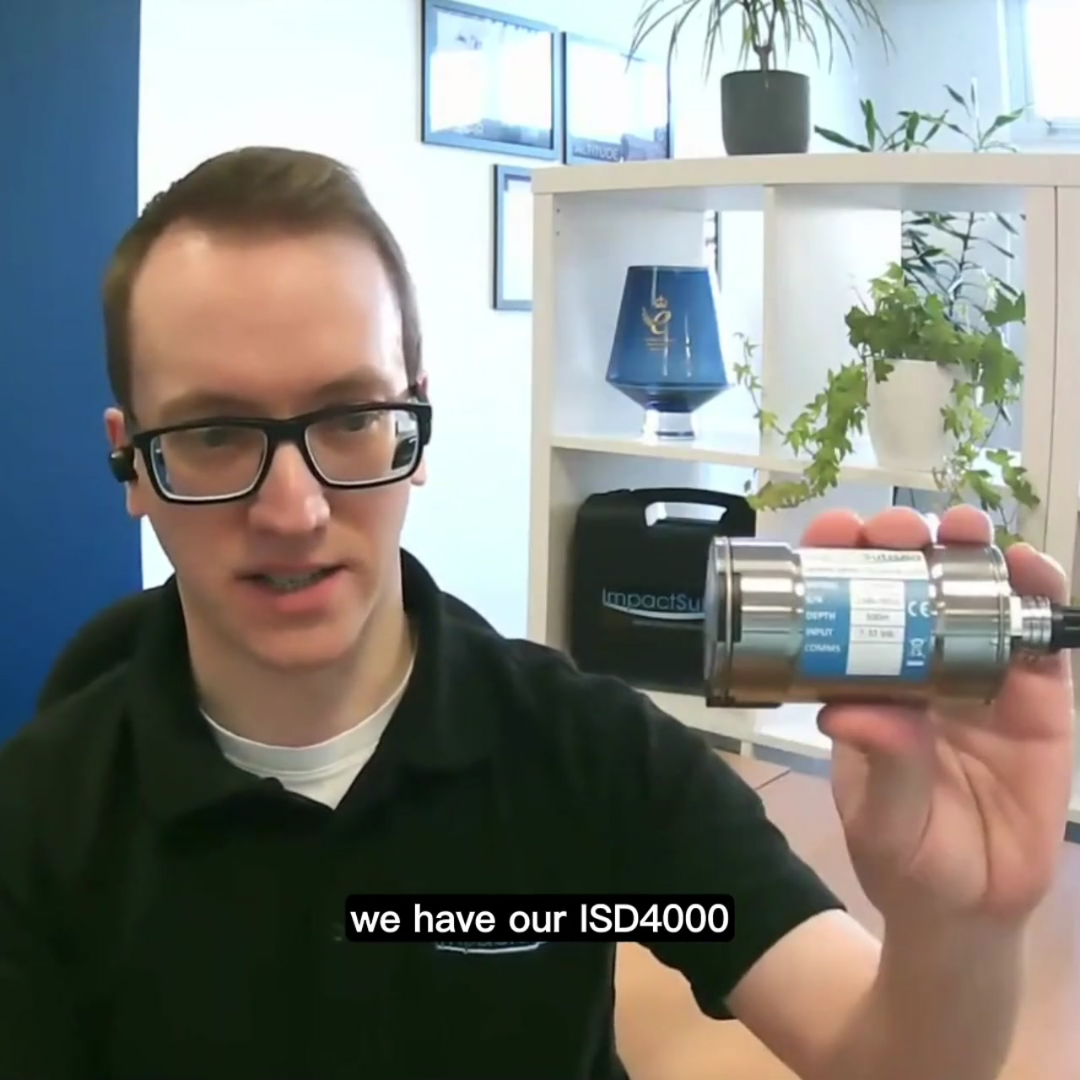
Depth Measurement:
The ISD4000 is equipped with a temperature compensated piezoresistive pressure sensor that is able to sense absolute pressure to 0.01% of Full Scale (FS) accuracy (0.005% full scale option is also optionally available).
To enable the highest level of accuracy for the depth of operation in a particular application; the ISD4000 is available in a number of pressure ranges. 10, 30, 50, 100, 300, 400 and 600 Bar pressure configurations are offered. As a rule, when working in depths up to 100 meters, a 10 bar sensor should be used. Depths up to 300 meters would necessitate a 30 Bar sensor and so forth.
When calibrated to 0.01%FS accuracy, this enables a pressure accuracy of ±0.001 Bar for the ISD4000 which has a full scale of 10 Bar. Or ±0.06 Bar for the ISD4000 with a full scale of 600 Bar.
This is the overall accuracy level; the relative accuracy of the sensor may be greater than this value.
The measured pressure is then converted to a depth measurement using an industry standard UNESCO pressure to depth algorithm which also takes into account the local gravity in the area of operation.
The pressure sensor itself is protected by a black acetal end cap. This end cap provides physical protection of the pressure sensor while also locking in the pressure sensor and temperature probe. The protective cap can be removed quickly to allow cleaning of the pressure sensor to remove build up of salt or sand.
This also allows the ISD4000 Depth & Temperature Sensor to be connected to a calibration block for pressure calibration or pressure verification without the need to strip the sensor down. Having the pressure sensor close to the exterior of the sensor ensures that no blockages can occur which would result in a stuck pressure/depth reading.
When compared to alternative resonant quartz-based pressure sensors, the temperature compensated piezoresistive pressure sensor has the advantage of longer-term stability. This allows a longer duration between pressure calibrations.
In addition, the pressure sensor itself is physically smaller and more compact, providing enhanced shock and vibration performance.
Temperature Measurement:
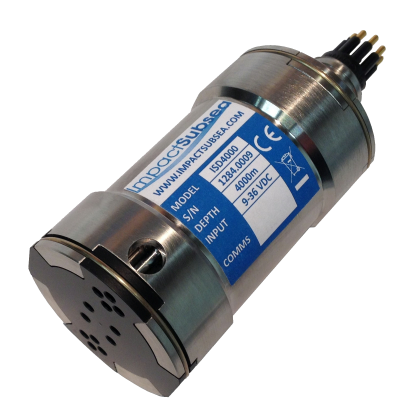
The ISD4000 is equipped with a Resistance Temperature Detector (RTD) which provides temperature measurements to ±0.1°C (±0.01°C accuracy is also optionally available).
The temperature probe itself is made of stainless steel to provide excellent thermal transfer properties. The stainless-steel probe is hollow and the RTD is embedded within this. This enables a very low latency temperature readings to be provided.
Attitude & Heading Reference System:
The ISD4000 is optionally available with an in-built Attitude and Heading Reference System (AHRS). This provides Heading, Pitch and Roll as a secondary output.
This also provides a Turns Counter output from the ISD4000. This allows the rotations about a specific axis to be reported on (Heading, Pitch or Roll). This can be highly useful for tether or cable management.
Within the ISD4000 there are three gyroscopes, three accelerometers and three magnetometers. The outputs from these are fused together to provide the AHRS functionality. The raw data from each of these sensors can also be made available as an output should this be required.
Depth & Temperature Sensor Interfacing:
The ISD4000 Depth & Temperature Sensor comes as standard with both RS232 and RS485 serial interfaces integrated into the sensor.
The sensor can run directly into Impact Subsea’s seaView software or it can output any number of ASCII strings for integration into third party systems. This includes proprietary Impact Subsea strings but also the ability to emulate any other depth sensor, making the ISD4000 a very simple sensor to retrofit to existing systems.
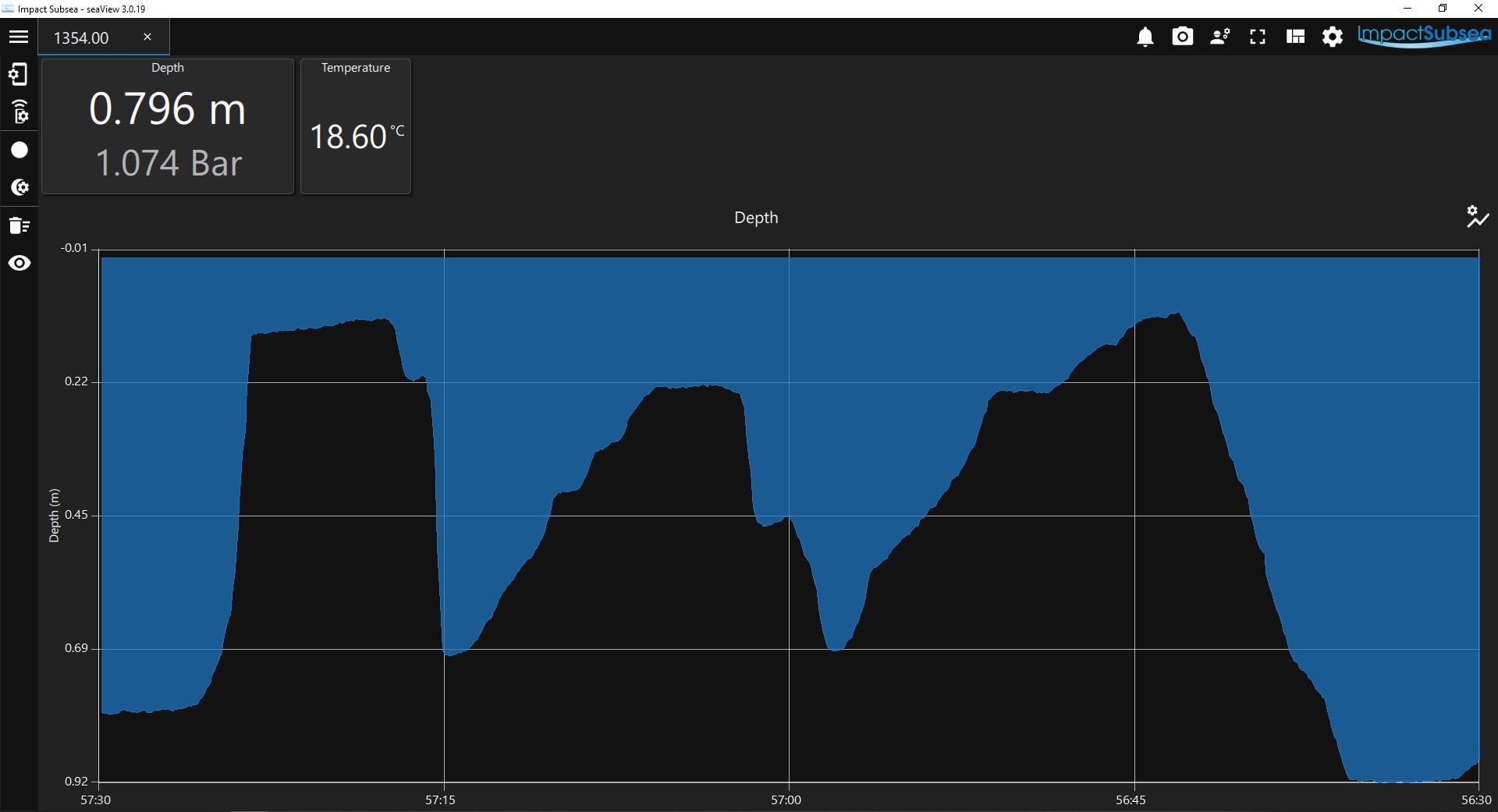
Software Configuration:
One of the key benefits of the ISD4000 is that all settings are entirely software configurable. There is never a requirement to open the sensor – all settings can be adjusted using the freely available seaView software.
This allows the latitude of operation to be entered, any depth or pressure offsets, tare functionality to remove the effect of atmospheric pressure etc.
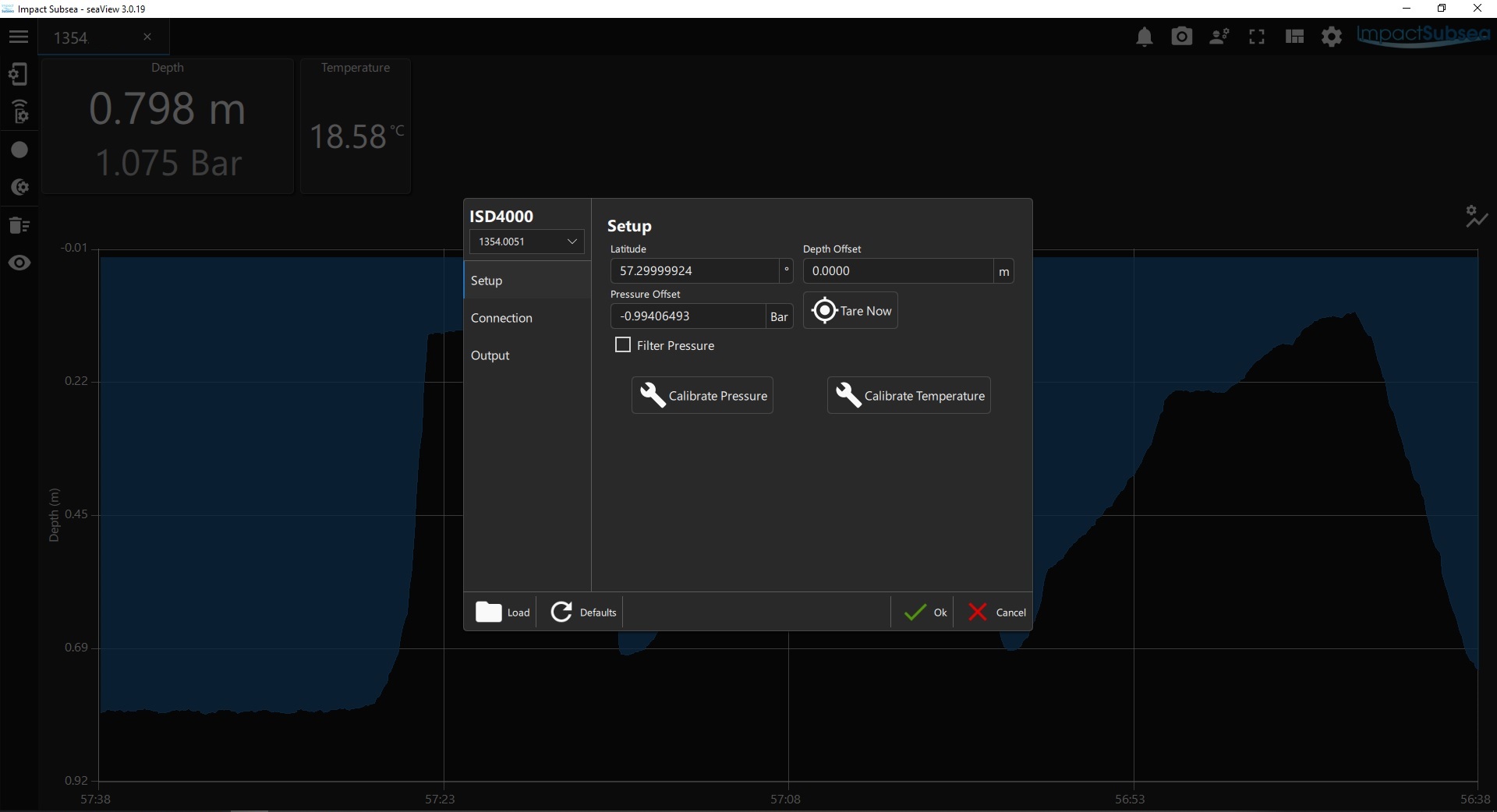
The communications mode, output strings, update rate etc., can all also be configured using the seaView software and then saved to the sensor’s firmware.
The below video provides an overview of the ISD4000 Depth & Temperature Sensor application showing where all the core elements of the user interface are and highlights the settings available on the ISD4000 sensor itself.
Physical Configuration:
To ensure the ISD4000 Depth & Temperature Sensor can be used in all underwater depth sensing applications, a variety of physical configurations exist. The ISD4000 is available in Titanium or Acetal materials, both with excellent longevity.
Alternative OEM options are also available for direct integration into your own housing if required.
The ISD4000 offers a Depth/Temperature/AHRS sensing capability in a very compact form factor:
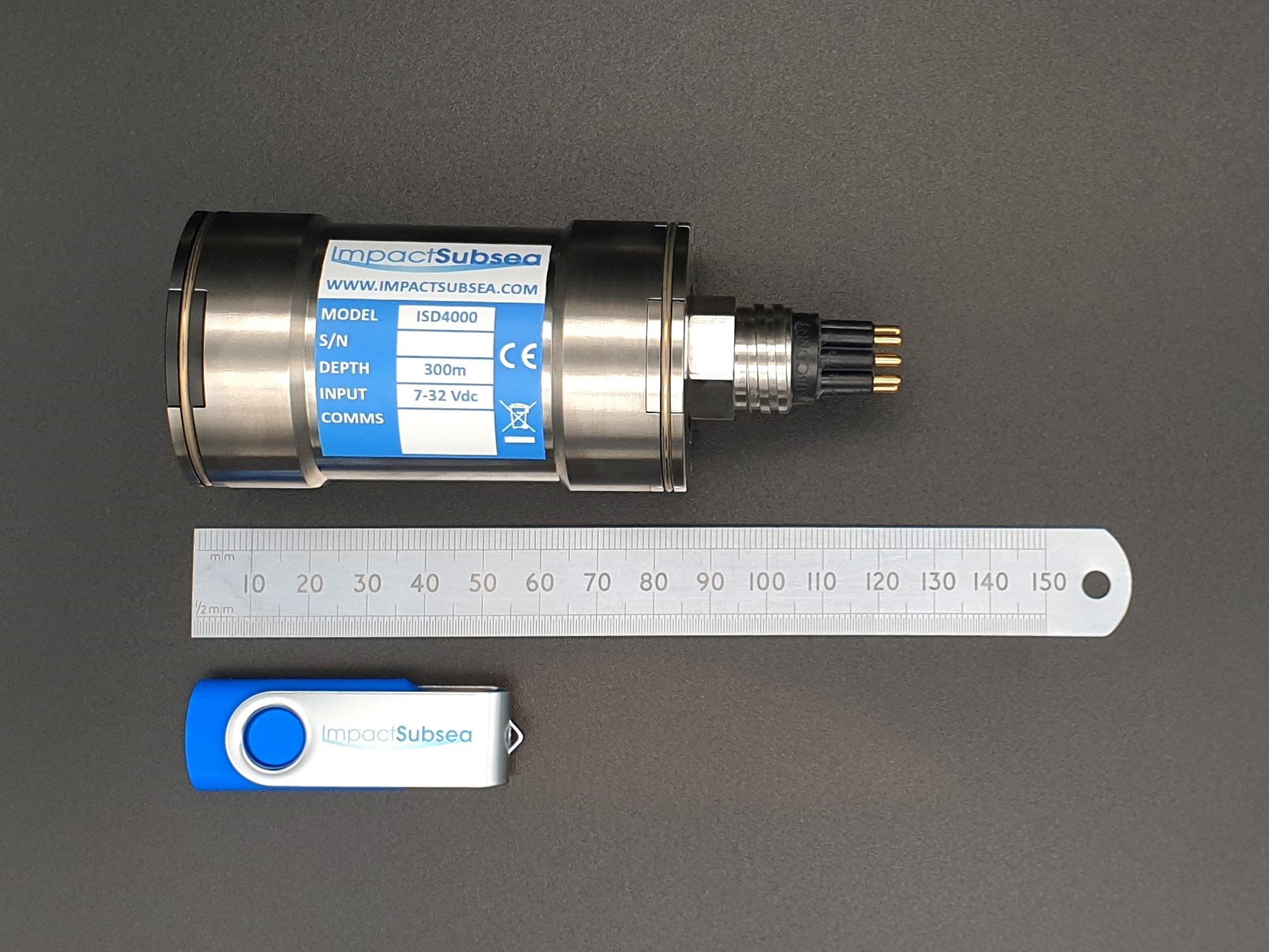
The acetal housed ISD4000s are available in 10, 30 & 50 bar configurations. This is due to a 500 meter maximum depth rating of the acetal housing. The Titanium housed ISD4000 sensors are available in all pressure configurations.
Robustness:
The ISD4000 has been designed and built with the highest levels of longevity and robustness in mind.
As already highlighted, the housing materials used are either Acetal or Titanium, chosen due to their longevity and strength.
The electronics are of commercial grade with all components being low mass to ensure excellent shock and vibration performance. No screws are used within the design, with a snap and lock together methodology being used to ensure no parts can come loose over time.
Calibration:
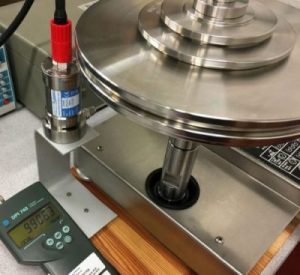

To calibrate the pressure sensor within the ISD4000, this is accomplished through the use of a primary measurement source. This is a Dead Weight Tester complete with weights. A high accuracy atmospheric pressure sensor is also required.
An ISD4000 calibration block is available which allows the simple connection of the ISD4000 pressure sensor directly to the hydraulic pressure output of a dead weight tester:
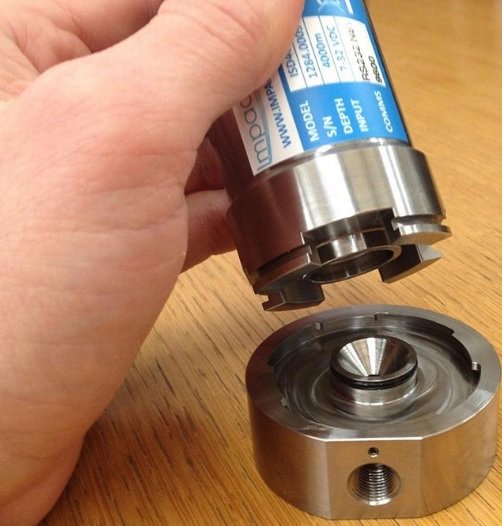
Within the supplied seaView software is a calibration process which will talk the user through the process. By default, a five-point cubic interpolation calibration is performed. Five known pressures are provided across the span of the pressure calibration. Pressure points near the maximum and minimum values are used together with uniformly distributed pressures across the range.
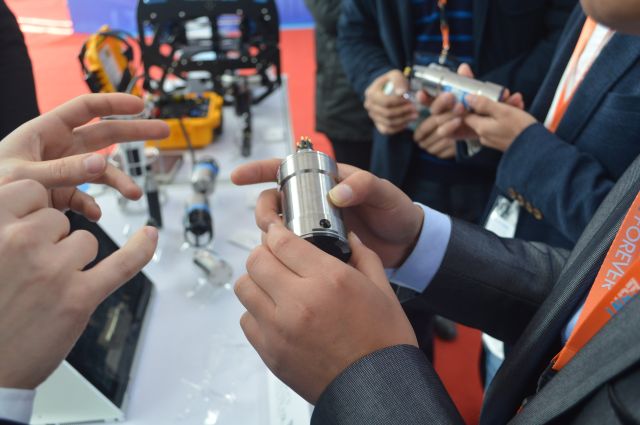
Overall:
The ISD4000 is a highly compact survey grade Depth & Temperature sensor with optional integrated Attitude and Heading Reference System.
The ability to configure all aspects of the sensor in software allows quick configuration and ease of integration into any new or existing system.
The robust design ensures that the ISD4000 is suitable for the most challenging of underwater environments.
The latest ISD4000 Depth & Temperature Sensor datasheet, manual, 3D model and further technical information can be found on the ISD4000 product page.
If you would like to discuss the ISD4000 Depth & Temperature Sensor in more detail and how it can be used in your underwater application, please drop us an email at support@impactsubsea.co.uk







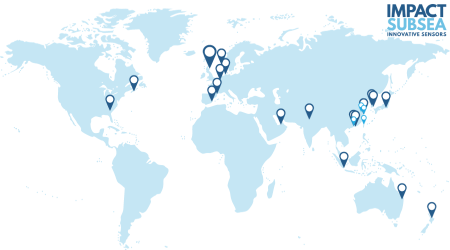
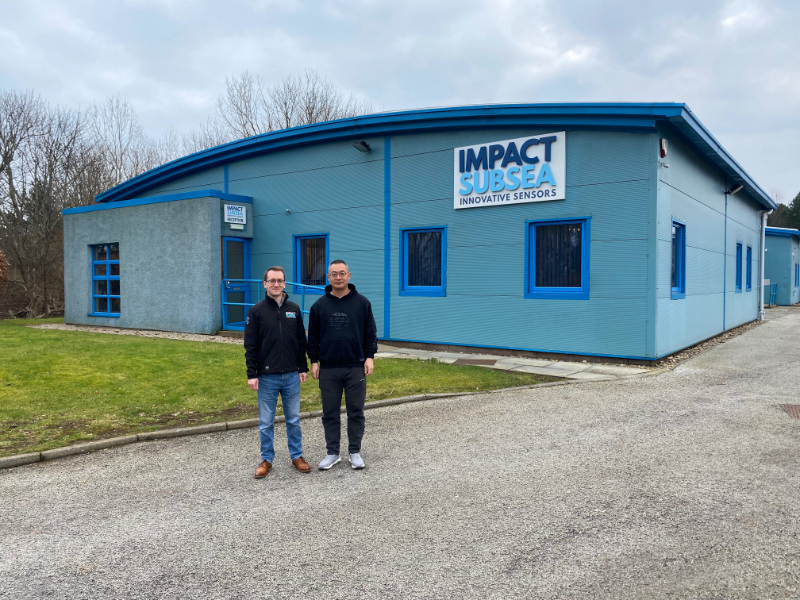



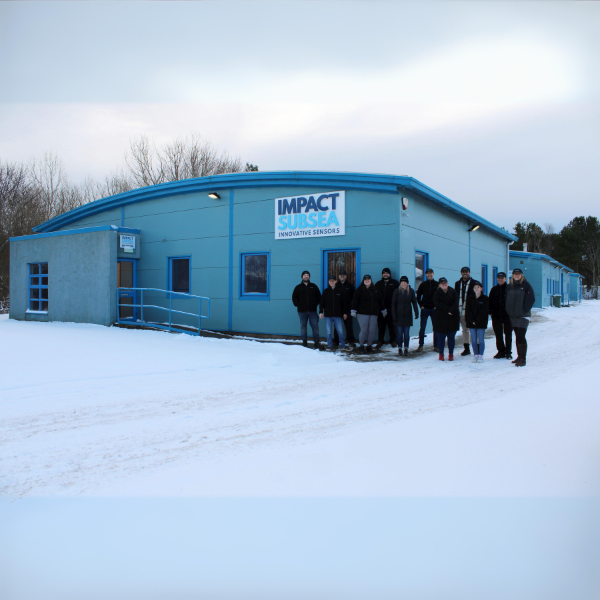
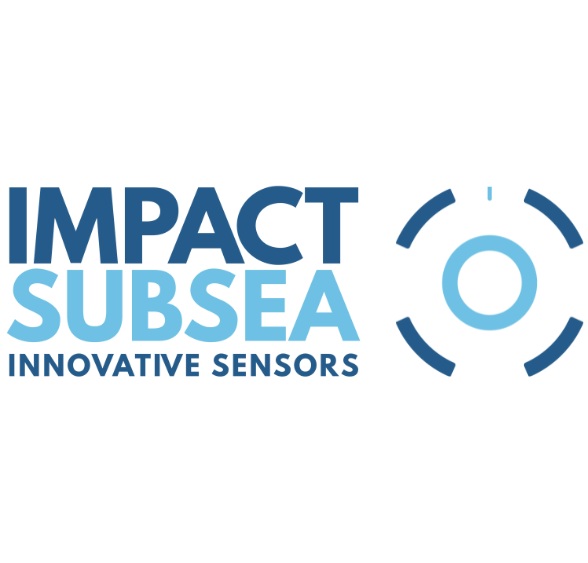

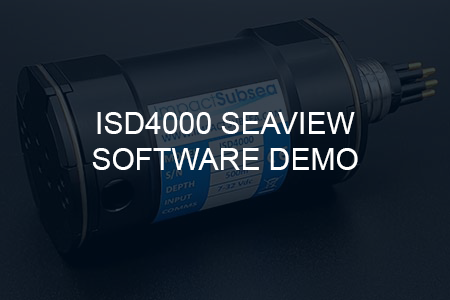
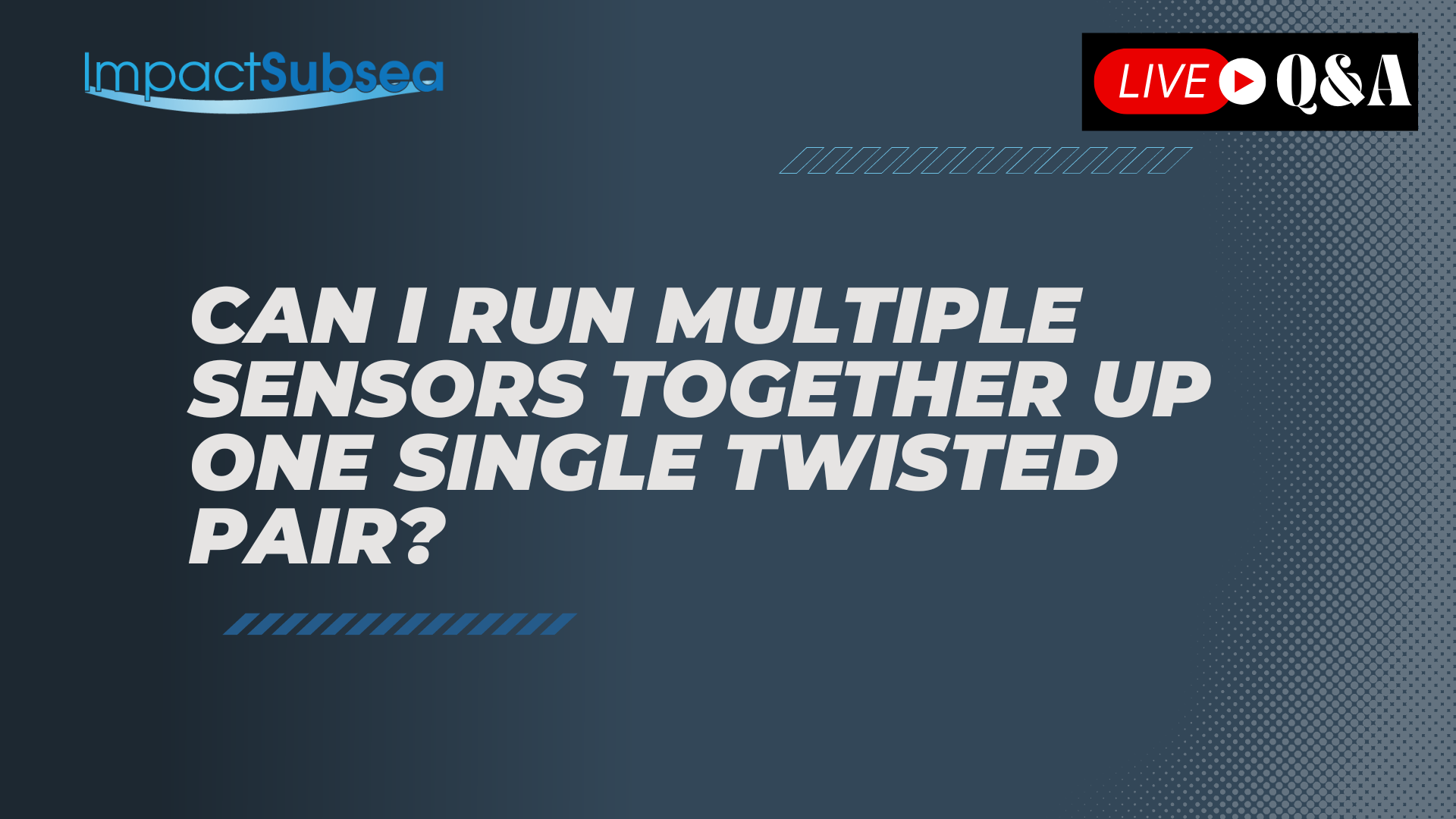
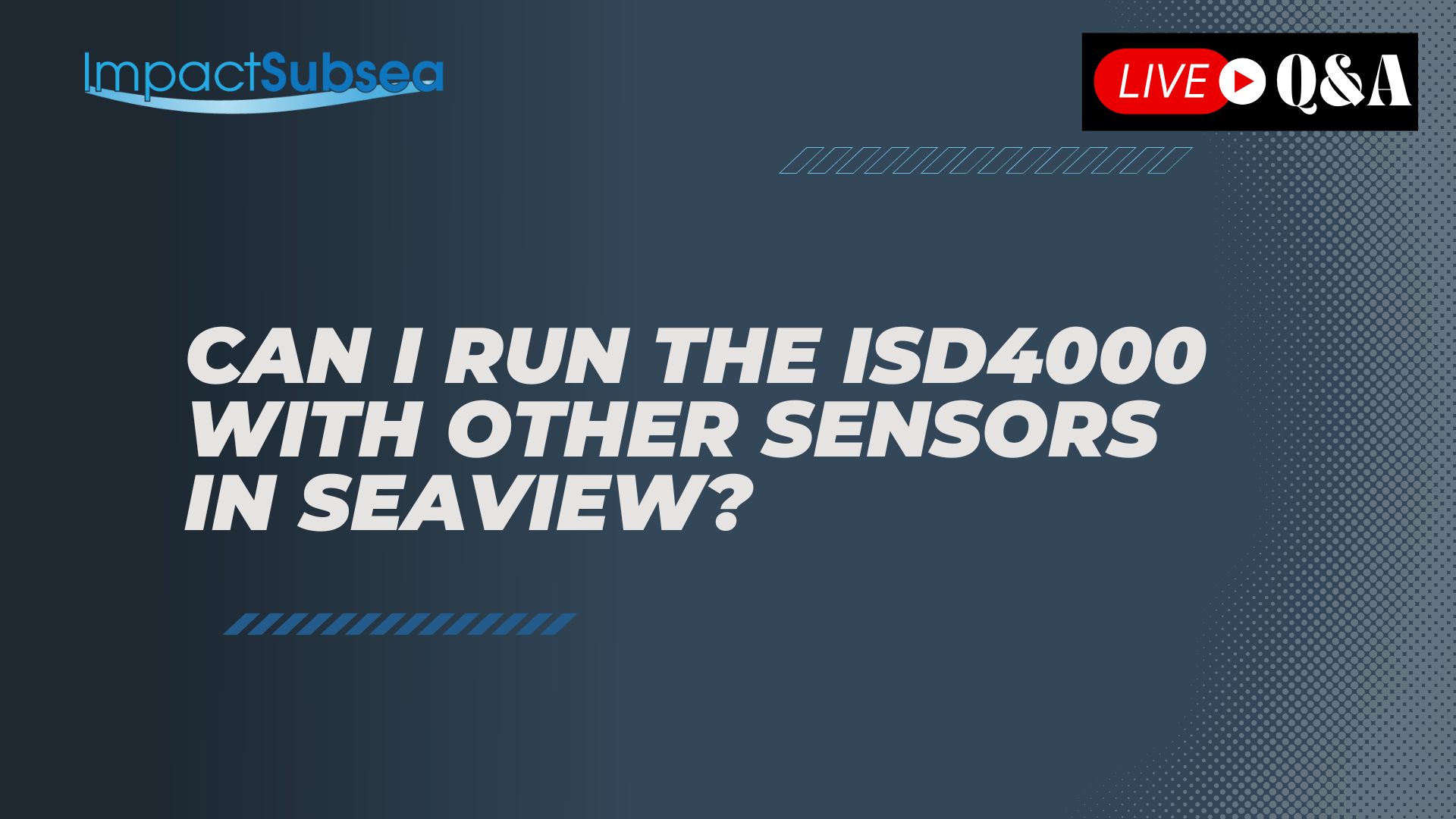
![Does the depth sensor ISD4000 [with AHRS] have immunity against temporary magnetic interference](https://www.impactsubsea.co.uk/wp-content/uploads/2023/06/Does-the-ISD4000-with-AHRS-have-immunity-against-temporary-magnetic-interference.png)
